
 By Victor Duda
By Victor Duda
On August 11, drones of the Main Directorate of Intelligence of Ukraine attacked the Orenburg Helium Plant, which annually processes about 15 billion cubic meters of natural gas. This facility is key to the Russian economy and industry. At least five explosions were heard in Stavropol on August 12 at the Monccrist plant, after which eyewitnesses reported smoke. The chemical industry is one of the leaders in the world of artificial sapphire.
This material is used in optics, sensors and lasers, in particular for Russia's military needs, since the plant is executing state defense orders. On the same day, a fire broke out in Yaroslavl in the territory of a paint plant, which supplies materials to protect military equipment from corrosion. The fire covered 4500 square meters of the enterprise, which also works for the Russian military-industrial complex.
The question is why enterprises that are not the first glance are not the "pillar" of the Russian military industry. According to military expert Roman Svitan, the main purpose of the attack on the Orenburg helium plant was directed not so much to the helium plant as to the gas processing complex located nearby. This complex is a key element of the Russian industry because it consumes about 15 billion cubic meters of natural gas annually.
Such a significant dependence on gas makes this object strategically important because it provides significant income for the Russian economy. The blow to this plant, according to Svitan, is part of a broader strategy aimed at undermining Russia's economic stability. Svitan also emphasized that the helium produced at the aforementioned plant is of strategic importance.
This resource is used not only in civilian fields, such as medicine or research, but also in the military field, in particular for the production of missiles and other high -tech systems. Thus, the destruction or damage of helium production causes a significant blow to Russia's ability to support its military programs.
According to aviation expert Anatoly Khrapchynsky, Helium plays a critical role in many industries, in particular in the rocket industry, which is key to the Russian military-industrial complex. Helium is used to purge engines before starting them, cooling inertial navigation and guidance heads in rockets such as X-101 and X-555.
In addition, this gas is used to control fuel residues, which provides the correct balance of pressure in the fuel tanks of ballistic missiles, such as "Iskander-M", as well as to cool the elements in winged rockets. "Helium is an indispensable element in the production of most rockets that Russia uses for attacks in the territory of Ukraine. Strikes in such an enterprise can have serious consequences for the Russian defense industry," the expert said on air of Kyiv24.
In addition to the helium plant, Khrapchinsky drew attention to other strategic objects of the Russian industry. For example, he mentioned a plant that is the only manufacturer of hydraulic systems for a aircraft chassis in Russia, such as Su-34. These enterprises are vulnerable points of Russian defense infrastructure. According to the expert, point strikes on such objects allow Ukraine to effectively limit Russia's capabilities to produce and use certain types of weapons.
Most of these factories are actively working on the needs of the defense complex, which makes them priority for attacks. In addition, the expert drew attention to other industrial sites that were also affected by attacks. In particular, we are talking about the Monocrystal plant specializing in the production of special sapphires. These materials play a key role in creating optical components that are used in various fields, including the military industry.
"These crystals are indispensable for the production of high-precision devices, such as missile systems, sights and other optical devices. In addition, these plants supply their products to export, which additionally brings significant financial revenues to Russia. Striking in such objects, aim to weaken the economic power of the country. According to Svitan, such actions are an example of the effective work of Ukrainian special services, which use point strokes to achieve maximum effect.
Such operations not only limit Russia's economic resources, but also complicate its ability to fold the aggressive war, reducing access to critical materials and technologies. According to the expert, these blows are part of a broader strategy that aims to force Russia to spend additional resources to repair damaged objects that distracts it from other priorities. "The success of such operations depends on accurate planning and coordination.


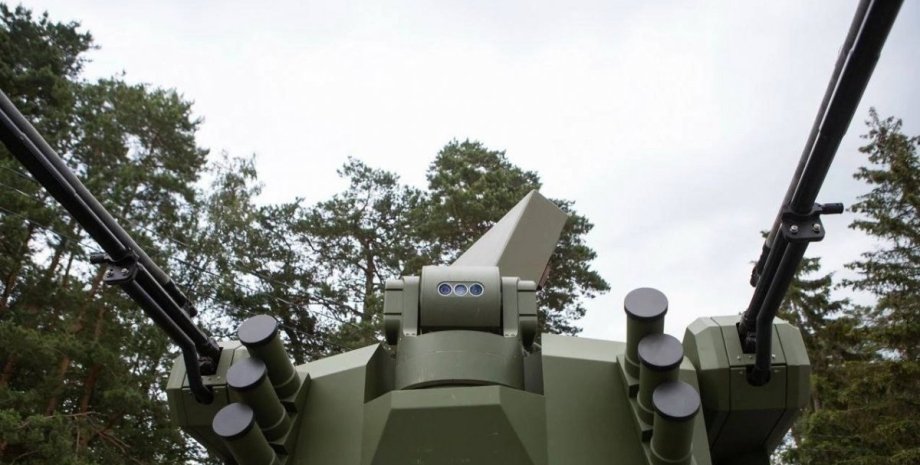
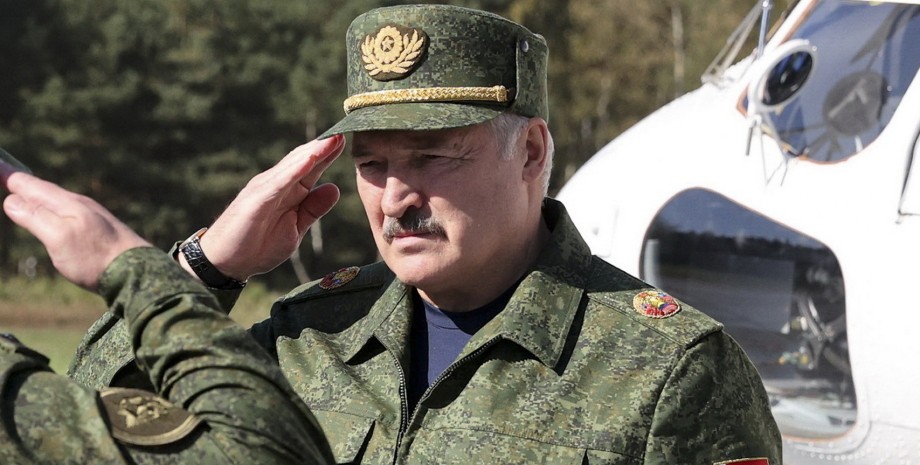
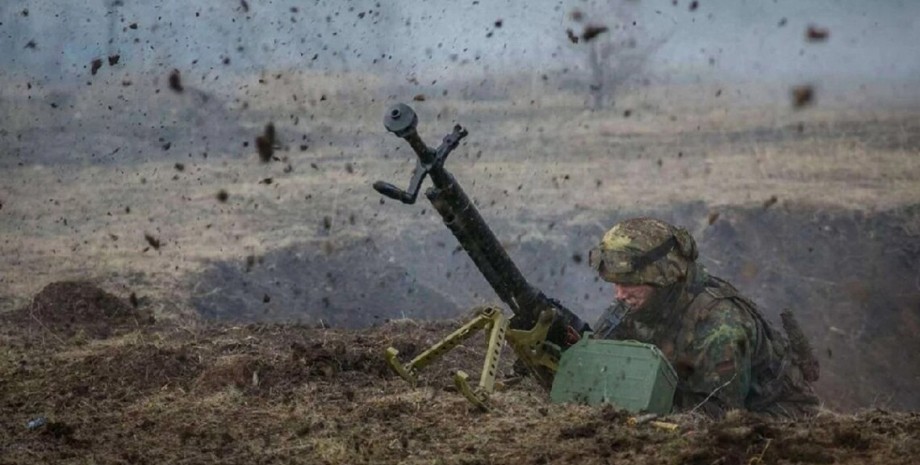

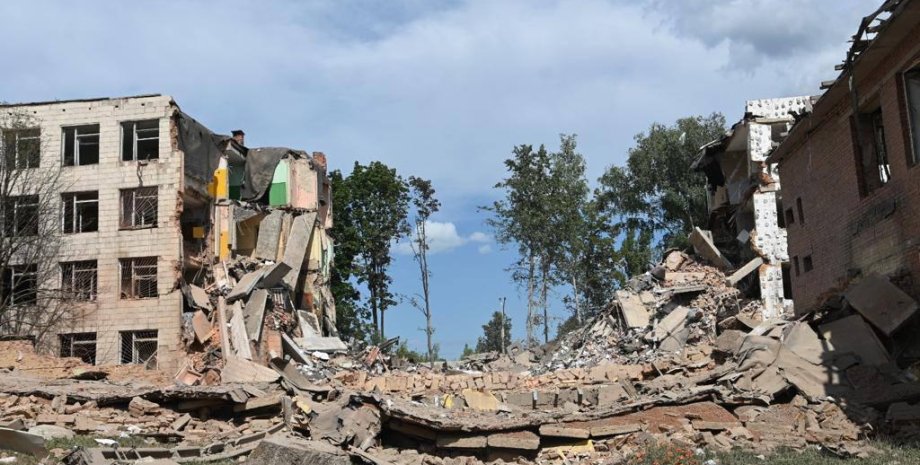
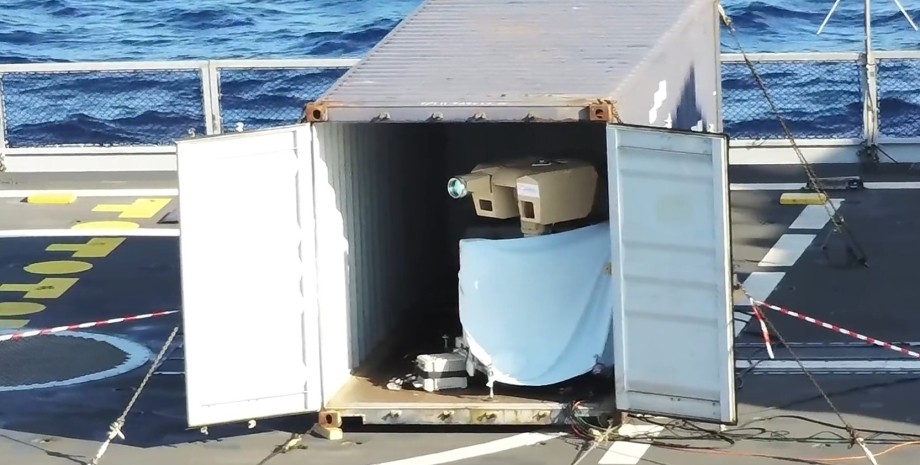

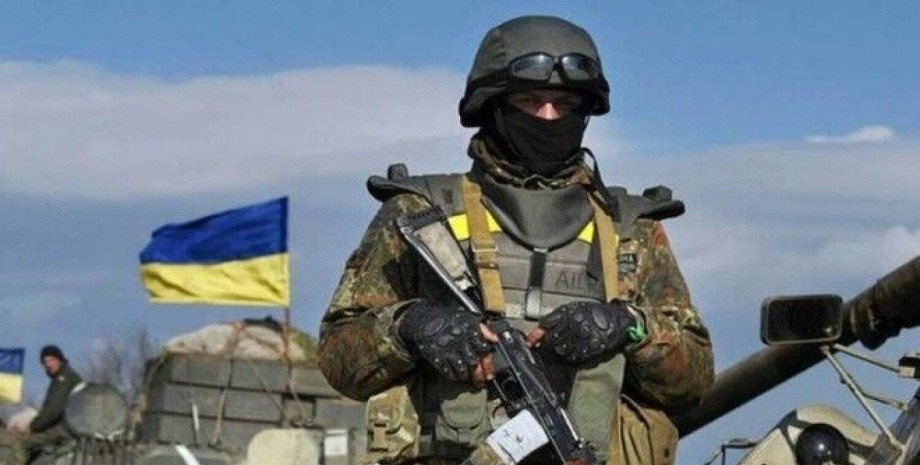
All rights reserved IN-Ukraine.info - 2022